Thai round leaf Croton (Single plant)
Original price was: ₹400.₹99Current price is: ₹99.
Out of stock
Email when stock available
Description
THAI ROUND LEAF CROTON:
This plant is a hybrid from Thailand. Though crotons are not indigenous to Thailand, a plant was desired that was small and sturdy, with radically different leaf shapes and more brilliant colours. The leaves of this Thai hybrid are round leaves are small, round leaves with bright yellow and then red variegation. The Thai hybrids are the most prized plants in different plant shows. The trick for the robust growth of Thai hybrid is 50% sunlight.
HOW TO CARE FOR YOUR CROTON:
1. Use a well-drained soil. Croton does not need much fertilizers for enhancing its growth but once a year is fine.
2. Remember to not overwater your croton, any plant when overwatered leads to rotting of the roots and death of your plant. Water only when the top soil when touched, feels dry.
3. Place your croton in a bright spot. The pretty colours on its variegated leaves will appear when you provide sufficient light (not direct sunlight). Too little light will lead to more greener colours on the leaves and too much light will scorch the leaves. You have to find a balance.
4. In winters, keep your plant inside when temperature is well below 10 degrees Celsius.
5. Crotons hate being moved too soon from their location. So, after moving to another location, you may see drooped leaves. It is important to acclimatize the plant slowly, to its new environment by keeping it in the desired spot for 1-2 weeks.
6. Provide some shade to your banana croton in afternoon (that is the hottest part of the day) when you see the leaf colours fading away (this is due to high light received by plant in the whole day).
7. For a bushier look or to contain the plant, prune it in early spring, not more than 1/3 of the length of that part.
PROPAGATION OF THAI CROTON:
1. Soil: Take 3-4 inches long stem cutting with good number of leaves on it. Remove all the leaves at the bottom of the stem. Place this cutting deep in well-drained soil in a humid area and away from direct sunlight. The roots will grow within a month or so. Move you plant to another location by acclimatizing it.
2. Water: The stem cutting can also be placed in a glass container with root hormone.
3. Root hormone: The stem cutting can be dipped in the water and then in root hormone. Tap away the excess of root hormone on the cutting or else it will rot the stem cutting.
ORIGIN: Indonesia, Northern Australia and other Pacific Islands
COLOURS ON PLANT: Yellow-goldish and green
PLANT TYPE: Tropical plant and Indoor plant (can be planted outdoors with some shade)
SOIL: Well draining soil mix
LIGHT REQUIREMENT: Partial sunlight (50% sunlight; or not direct sunlight)
WATERING: When upper soil feels dry (overwatering will cause death of plant)
FERTILIZERS: Once or Twice a year
PROPAGATION: Stem propagation via soil, water or rooting hormone
You will find leaf propagation as well, but it is difficult for the plant to establish itself via a single leaf.
QUANTITY: A single stem with bare roots.
ABOUT CROTONS: ?Croton? word hails from a Greek word for tick (coz its seeds are similar in shape). Crotons are perennial plants and native to most of the tropical regions such as South East Asia, Northern Australia and Pacific islands. If you think you need a flowering plant to add colour to the garden then think again, crotons come with all hues within a single plant such as yellow, red, orange, pink, green and purple. It grows quite tall, up to 10 feet, but dwarf varieties are available which are just suitable for any table top decorations, growing just like any other shrubs. The crotons should be kept in bright spots and partial shade locations.
TIP: Plant your crotons in colourful pots which will enhance the beauty and leave you stunned, for the contrast colours of the plant and pot will complement each other.
Only logged in customers who have purchased this product may leave a review.



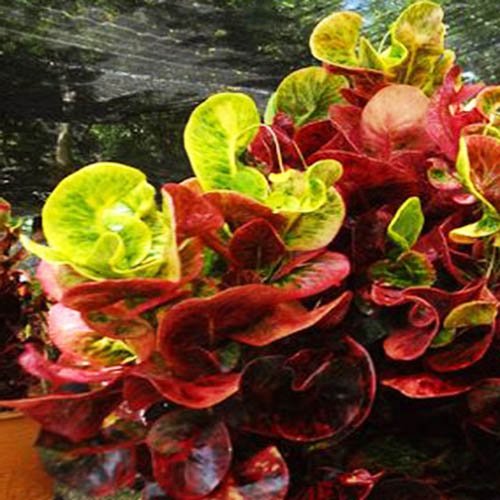
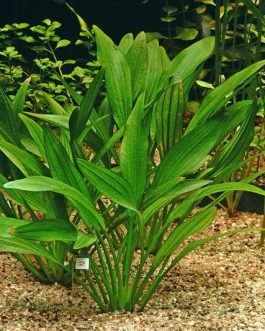
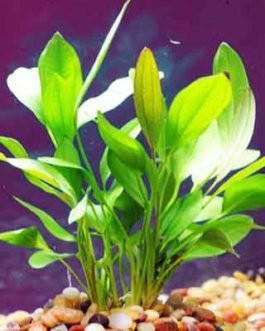
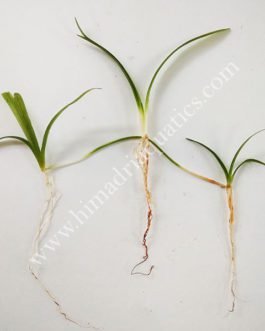
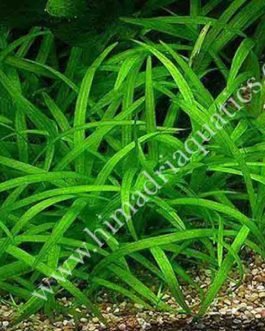
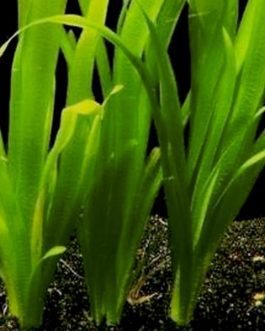
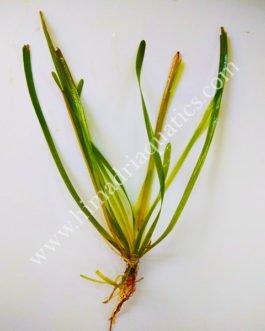
Reviews
There are no reviews yet.